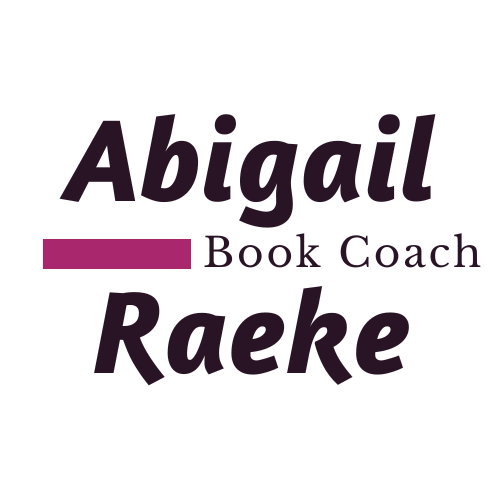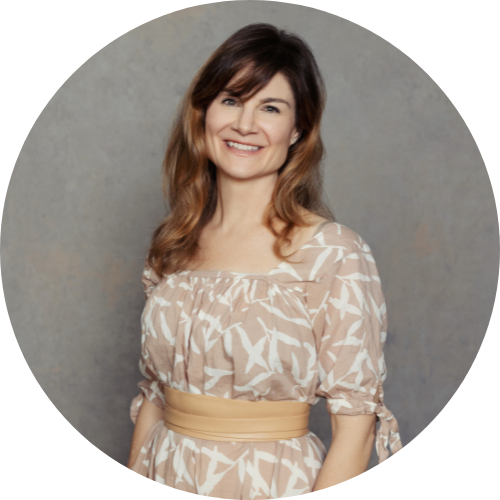
Let’s talk about you for a moment.
In relation to your book, you’ve probably spent far more time thinking about your characters than yourself.
And with good reason. It’s hard work to develop situations, setting, and characters that feel real. Memoirists have the same difficult job. Actual people and past situations still have to be crafted on the page.
Faced with the daunting task of rendering characters (or former self), many writers tend to forget themselves – the creators in the process.
But here are key questions to developing the heart of your story:
WHY are you writing your book?
What does your story mean to you?
What core belief about the world does your story tap in to?
In life, when people become conscious of the deep-seated thoughts and beliefs that drive their motivations, they learn to take more thoughtful actions.
They become better at staying on track and achieving their goals. The same is true with writing a book.
Whether or not you name it, the deep, personal WHY that drives you to spend hours at your keyboard will shape your book, so harness that power!
Try this Why/And So exercise.
Journal on this question: Why must you tell THIS story?
Let anything and everything that comes out in relation to this question be absolutely correct.
Then ask yourself: AND SO?
What, specifically, does that mean to you?
Journal some more on AND SO until you reach something that feels raw and true.
For many writers, figuring out the WHY is often baked into the process of writing a first draft. There is no wrong way to go about this. You will likely continue to hone your answer as you write your book. Your drafts will only get stronger as you develop more clarity around your WHY.
This exercise is also a good reminder that in every scene you write, you’ll be looking to uncover the deeper motivations of your characters' WHY.
You can apply the AND SO? method to your characters in order to dig deeper on any level of your book.
Donald Maass, agent and author of The Emotional Craft of Fiction, advises writers to discard the first emotion they imagine that a character may be feeling, and write the scene from the second or third emotion you're able to uncover.
This exercise is intended to bring you deep into phase #1, where your intuition and creativity reign!
Feel free to post your Why/And so synopsis here, or hit the contact me button to send directly to me.
I love to hear about author WHYS and will respond to every one!




Thanks for posting!